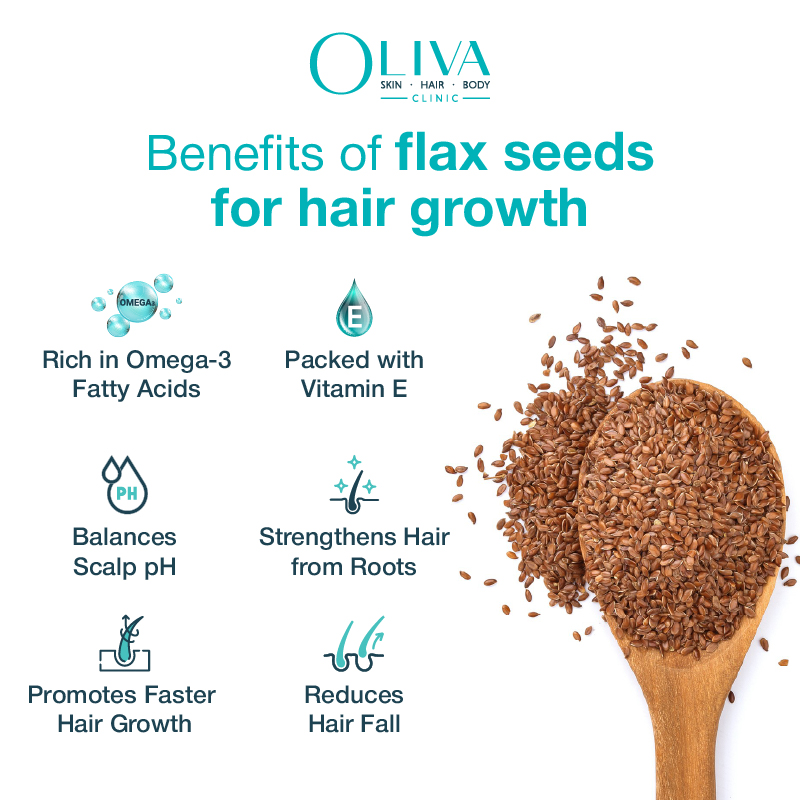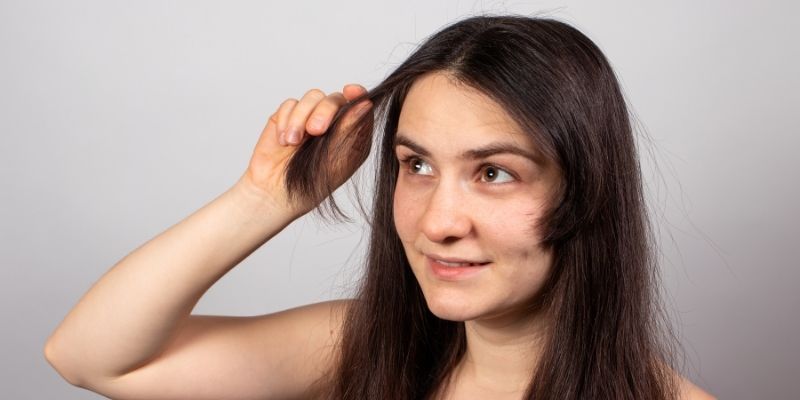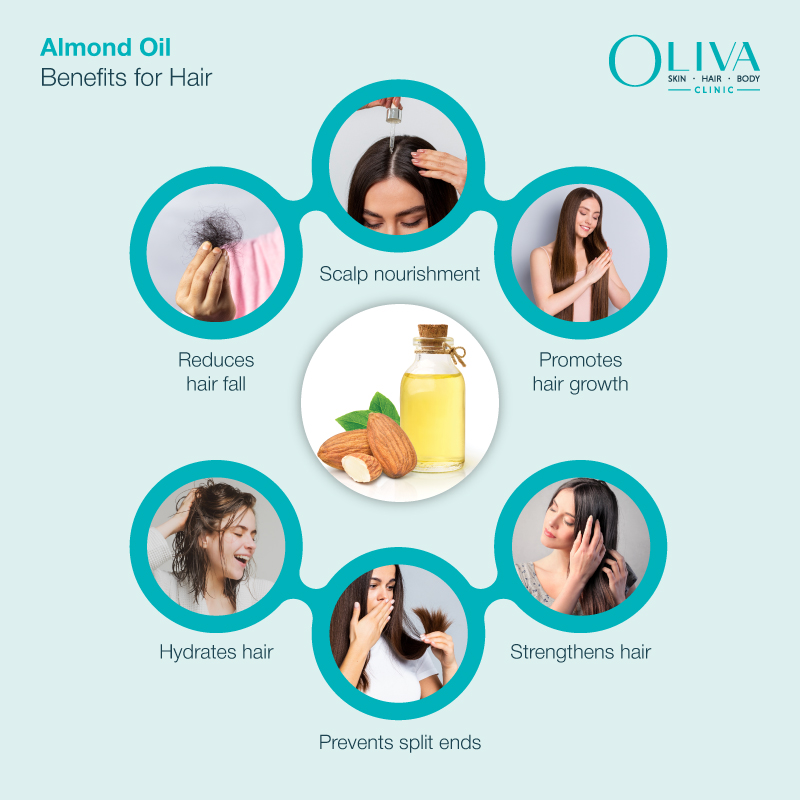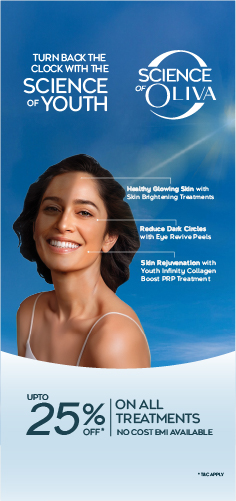Anagen Effluvium: Causes, Symptoms & Treatments
Hair loss is a very common problem faced by almost everyone at some point in their lives. There can be so many reasons for hair loss and these factors can cause excessive hair shedding by affecting various stages of the hair growth cycle. Anagen effluvium is one such condition causing pathologic loss of hair in their growth or anagen phase. Despite being in the growth phase the hair discontinues to grow due to enzymatic dysfunctions and environmental factors in this condition.
In This Article

What Is Anagen Effluvium?
Anagen effluvium can be defined as a hair loss condition in which the hair growth is hindered during the anagen or active growth phase of hair cycle. Certain environmental triggers cause the hair cells to stop dividing and prevents the key enzymes from converting into important steroids that help in keratinization process for hair growth. This results in weakening of hair strands making it brittle and the hair breaks off very easily. This also causes empty patches on the scalp also leading up to baldness.
Hair loss seen due to anagen effluvium is fairly rapid with hair fall and hair breakage increasing exponentially just after a couple of days or few weeks of exposure to the causal factors. A large amount of hair is lost very quickly in anagen effluvium because at any given time, more than 80% of the hair is in the anagen phase and is, hence, affected.
Anagen effluvium may appear similar to loose anagen syndrome (LAS) which is often seen in children wherein the hair can be easily and painlessly pulled from the scalp. However, the causes of anagen effluvium are different and there are differences that exist in the structure of the hair in both these conditions.
Must Read: How To Treat Excessive Hair Shedding Effectively?
Anagen Effluvium Vs. Telogen Effluvium
Both anagen effluvium and telogen effluvium refer to a specific form of hair loss related to the growth cycle of the individual hair strand. As the names indicate anagen effluvium relates to the loss of hair in its growth or anagen phase, while telogen effluvium refers to the loss of hair from its telogen or resting phase. Some differences between the two kinds of hair loss include
1. Anagen effluvium is usually caused by infection, drugs, chemotherapy or radiation while telogen effluvium is caused by stress, diet, hormonal imbalance, trauma, medication, etc.
2.Anagen effluvium causes the hair shaft to break, while in telogen effluvium the hair sheds normally
3.There are no club hair in anagen effluvium but in telogen effluvium the hair is underdeveloped
4. Anagen effluvium is a more permanent kind of diffuse hair loss while telogen effluvium is a temporary condition in most cases
5. Anagen effluvium affects the 85% of hair follicles in their growth phase while telogen effluvium affects the remaining 15% in resting phase
6. If someone is suffering from anagen effluvium there will be a rapid hair loss. In case of telogen effluvium hair fall is observed from entire scalp and it is in diffuse manner
7. Treatment for anagen effluvium is a cooling cap to lower the scalp temperature and only in those cases where at least 50% of the hair is retained. For telogen effluvium topical solutions may be helpful in treating the condition.
Symptoms Of Anagen Effluvium
- Dystrophic anagen hair (hair with irregular shape or growth)
- Anagen hair have thin proximal ends
- Hair breaks easily or is brittle
- Hair thinning
- Rapid and abrupt hair loss
- Abrupt shedding of majority or all of hair from the scalp and entire body
- It may leave partial or complete baldness on the scalp
Causes Of Anagen Effluvium
Here are the common causes of anagen effluvium
-
Chemotherapy:
The drugs used in chemotherapy treatment affect the cell division cycle of the actively growing hair cells. These medications can also negatively impact the structure of important components of the hair follicles, thus resulting in hair thinning and hair loss.
-
Alopecia Areata:
Physical or psychological shock can cause the anagen hair to be shed from the hair shafts leading to anagen effluvium.
-
Infection:
Fungal hair infections or boils and abscesses caused due to infection from other microorganisms can make the anagen hair loose and make them shed easily and rapidly.
-
Pemphigus Vulgaris:
This is a rather uncommon cause of anagen effluvium. The antibodies in the body attack the skin cells causing blisters. The formation of these can lead to damage to the hair follicles even though the hair is in the anagen phase.
Some other causes of this conditions are: - Radiation therapy
- Trauma or pressure
- Ingestion of toxins or exposure to toxins
- Heavy metal intoxication
- Discoid lupus erythematosus
- Loose anagen syndrome
- Compulsive hair pulling or trichotimomania
How Can My Doctor Diagnose Anagen Effluvium?
It is important to differentiate anagen effluvium from other hair issues related to the anagen phase of hair, so that an apt treatment course can be determined. Short anagen hair syndrome and loose anagen syndrome are considered during differential diagnoses by the dermatologist. He/she will analyse your medical history along with specifications of all the medications that you have taken in the last couple of months and/or are taking now. A scalp examination and hair strand inspection may also be conducted by the dermatologist to diagnose anagen effluvium.
Other than these, the doctor may recommend some more tests to check for thyroid disease, infection, iron deficiency, etc.
Treatment Options For Anagen Effluvium
In the case of anagen effluvium, a type of hair loss condition, it is important to pay close attention to the causal or trigger factors and eliminate them from the routine. Apart from this, there are other treatments that can be undertaken to help the scalp and the body to overcome the hair loss quickly and easily –
-
PRP Treatment:
This is a treatment that has proved to work considerably for many kinds of hair loss. It is a therapeutic and non-invasive procedure which involves extracting a small quantity of blood from the patient’s own body and separating the platelets from the rest of the components. These platelets are then activated using calcium chloride and injected into the scalp using a fine needle into the areas of patches or balding. Essential growth factors are delivered directly to the hair follicles so that the hair growth cycle can resume to its normal activity and hair thinning can be reversed. Anagen hair then begin to grow normally and hair becomes more voluminous than before
-
Hair Transplantation:
When the hair loss has reached the levels of causing permanent effect in the form of bald patches or partial baldness, hair transplantation is a feasible option to restore your hair’s former glory. The high anagen hair transplant cost is a significant factor that impacts the decision to opt for this treatment.
-
Topical Medications:
Different kinds of topical drugs are used for treating hair loss. These include
a. Minoxidil:
It is the only USFDA approved topical medication for women that is known to treat hair thinning and hair loss. Minoxidil gives a therapeutic approach for treating chemotherapy induced anagen effluvium
b. Cyclosperin A:
Though there are no studies suggesting its efficacy, but this topical drug has been used as an alternative treatment for hair loss, especially in case of anagen effluvium
-
Scalp Tourniquet:
This device is used during chemotherapy infusion. It is placed along the hairline to obstruct the flow of blood completely. It is not yet scientifically proved but in some cases this treatment has shown positive results for people suffering from anagen effluvium
-
Oral Medications:
Certain medications like calcitriol, calciniurin, calcipotriol, etc. are given for treating anagen effluvium. These drugs only reduce the severity of hair loss and do not cause hair regrowth.
-
Oral Contraceptives:
For women suffering from anagen effluvium, oral contraceptives can be an effective solution.
Must Read: PRP Vs Other Treatments For Hair Fall – Which Is Better?
When affected with hair loss, we often do not pay attention to the factors in our surroundings that may be related to it or may be aggravating it. Our main goal becomes cessation of hair loss and improving hair growth. An accurate diagnosis by an experienced dermatologist can help you to identify if your hair loss is due to anagen effluvium. Post the diagnosis, a proper treatment can be begun.








